Delirium & Destiny
7 September 2017 - 5 November 2017
Exhibition and Talks program, A Tale of A Tub
In Collaboration with Suzanne Wallinga,
supported by City of Rotterdam, VSB Fund, H.D Schadee Foundation, & Mondriaan Fonds
With Apichatpong Weerasethakul & Chai Siris, Etel Adnan, Basma Alsharif, Lee Kit, Sofia Caesar, Tamar Guimarães & Kasper Akhøj, K.r.m. Mooney, Nicoline Timmer, Himali Singh Soin & David Soin Tapperser, and Mia You.
Delirium & Destiny traverses through the Justus van Effen complex in Rotterdam. The efflorescent program engages with the complexity of the surrounding modernist architecture by drawing it together with the work of Maria Zambrano (1904-1991), a Spanish philosopher and political writer.
Rather than creating an exhibition that uses Zambrano' work as a tool or as an illustration, Delirium & Destiny is influenced by a few of Zambrano's concepts, in particular, the dream and poetic reason. Dreams, Maria Zambrano says, are ‘not the rehearsal of a past we have already lived, […] but an opportunity to fashion the future’. In the dream, whether it be in sleep or in hope gives the opportunity for personal development to rise to civic development. Now is the time to ask ourselves: how do we take account of our own aspirations and recount our actions? The position that the program takes is not to present a political exhibition as a result but rather to reflect on our processes that engage politically in everyday life. How to we employ of emotional, aesthetic, and economic labour at the cost of those around us?
Zambrano’s concept ‘poetic reason’ moreover plays a large part in the development and resulting program draws together the ethics of exhibition-making and community engagement. Poetic reason engages with dreams, silence, and faith and includes a diversity of thinking. Delirium & Destiny includes the feminist, the emotional, and the creaturely. Bringing to mind the Australian eco-feminist Val Plumwood who said that there needs to be a convergence of poetry and philosophy to make room for others. These ideas are inclusive allowing for an interchange between people, cultures, languages and it provides a porosity or a fluid transition between apparently fixed binaries. Such a perspective can be turned to the role of art and the nature of exhibitions to give voice and space.
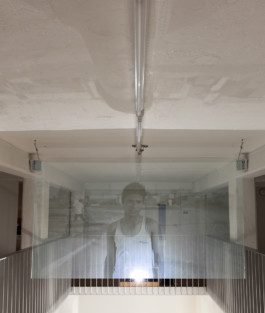
Apichatpong Weerasethakul & Chai Siris, Dilbar, video, 2013. Photo: studio_pw
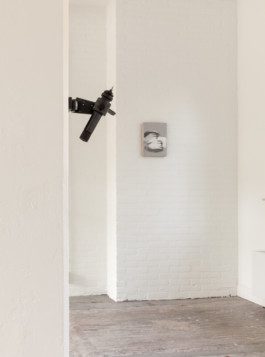
Fore: K.r.m Mooney, Otto Frei, sculpture, 2014. Back: Lee Kit, I’ve Lost That Loving Feeling, painting, 2017. Photo: studio_pw

Etel Adnan, Trees, notebook painting, 2012. Photo: studio_pw
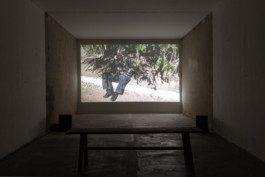
Tamar Guimarães & Kasper Akhøj, A Minor History of Trembling Matter, 31:40, single-channel video, 2017. Photo: studio_pw
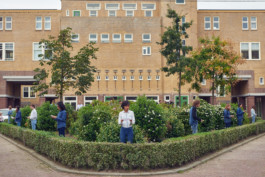
H/D, Lapsus Kairos, 2017. Performed by: Danni van Amstel, Marijke Annema, Raluca Croitoru, Lucie Draai, Karen Huang, Clara J:son Borg, Pedro Kasteleins, Ash Kilmartin, Monica Mays, Himali Singh Soin, Lili Ullrich, and Heike de Wit. Photo: Sol Archer
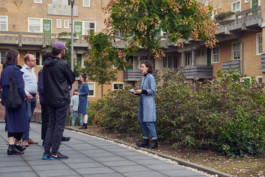
H/D, Lapsus Kairos, 2017. Photo: Sol Archer
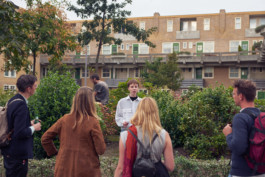
H/D, Lapsus Kairos, 2017. Photo: Sol Archer
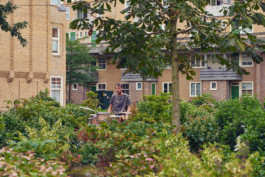
H/D, Lapsus Kairos, 2017. Photo: Sol Archer

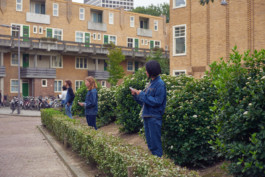
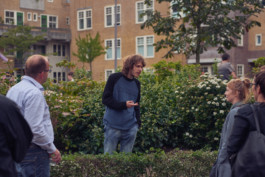

Performers: Danni van Amstel, Marijke Annema, Raluca Croitoru, Lucie Draai, Karen Huang, Clara J:son Borg, Pedro Kasteleins, Ash Kilmartin, Monica Mays, Himali Singh Soin, Lili Ullrich, and Heike de Wit.

Writing Workshop: Performing Dreams with poet Mia You
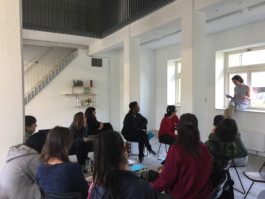
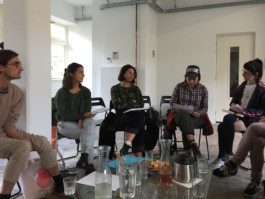
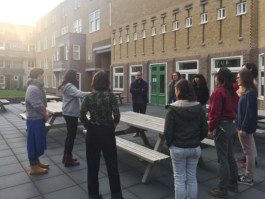
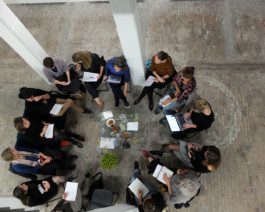
Reading group: Introduction into Maria Zambrano's Thinking with historian of philosophy Joyce Pijnenburg
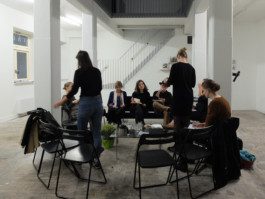
Reading group: Introduction into Maria Zambrano's Thinking with historian of philosophy Joyce Pijnenburg